
-
| 
-
| 
-
|
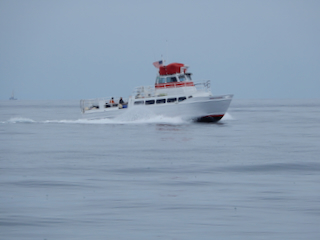
-
| 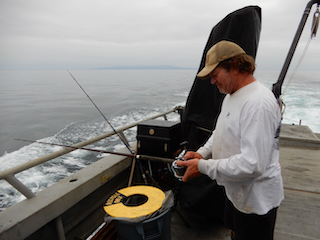
-
| 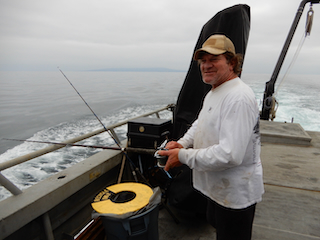
-
|
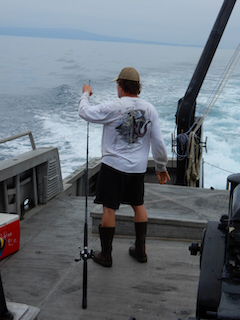
-
| 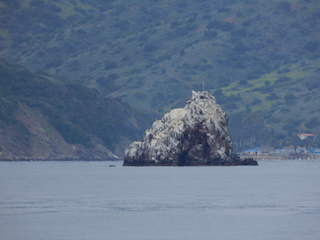
-
| 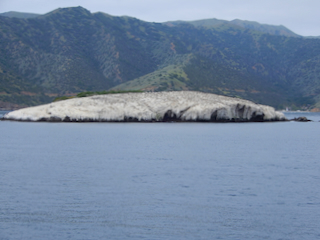
-
|
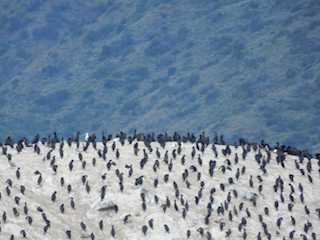
-
| 
-
| 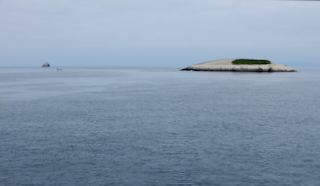
-
|

-
| 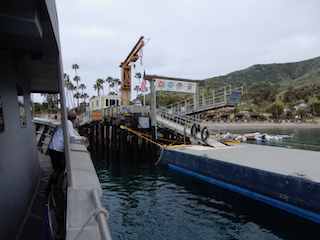
-
| 
-
|
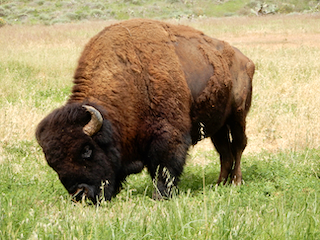
American bison (Bison bison) can weigh up to 2,000 pounds. We passed on our stroll
across Catalina (at the isthmus).
| 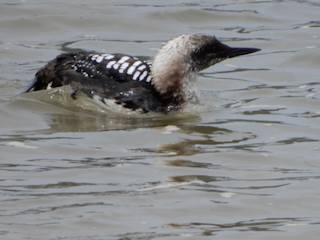
immature Pacific loon
| 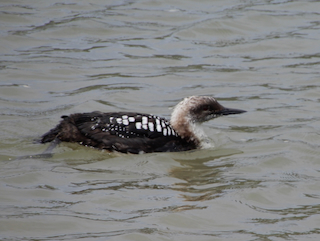
-
|
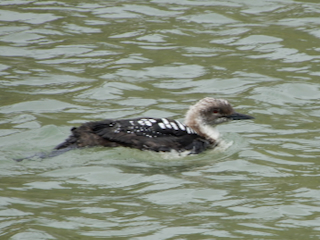
-
| 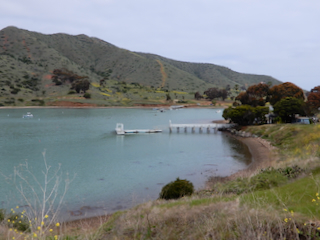
-
| 
-
|

A non-native land snail, Cornu aspersum, on a native coast prickly pear cactus,
Opuntia littoralis.
| 
-
| 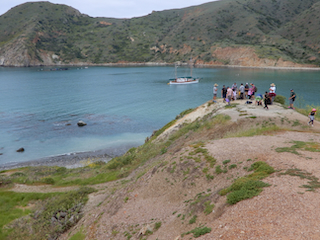
-
|

-
| 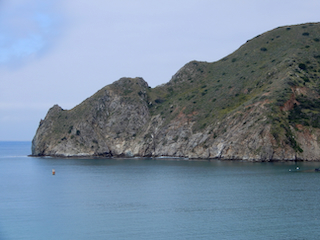
-
| 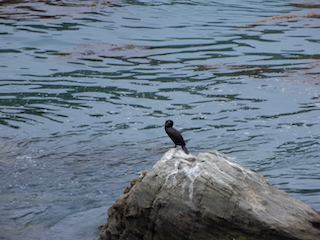
double-crested cormorant
|

-
| 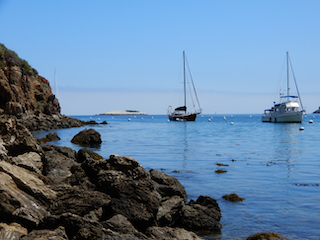
-
| 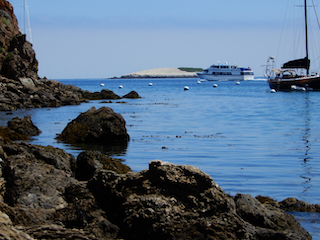
-
|

Pteropurpura trialata (three-winged murex)
| 
-
| 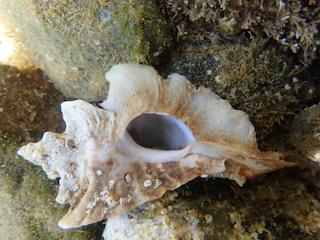
-
|
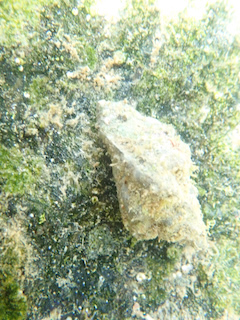
Ceratostoma nuttalli (Nuttall's hornmouth)
| 
very common wavy turban snails, Megastraea undosa
| 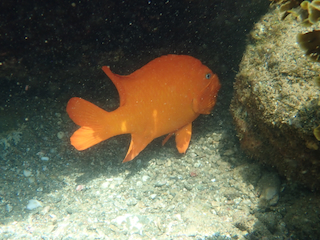
Garabaldi (Hypsypops rubicundus) is the largest member of the damselfish family.
It was very common at Two Harbors, as usual.
|
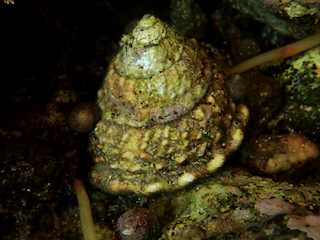
wavy turban snail, Megastraea undosa
| 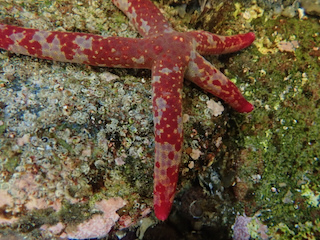
Linckia columbiae has various common names, including the fragile sea star or the Pacific comet star,
the latter referring to its impressive ability to regenerate four other arms when a particular arm (plus some of the central disk) becomes broken off.
It is found between southern California and northwestern Peru.
| 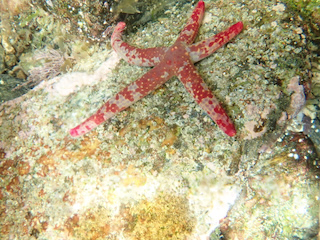
-
|
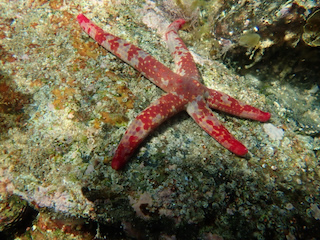
-
| 
-
| 
wavy turban snails, Megastraea undosa
|

-
| 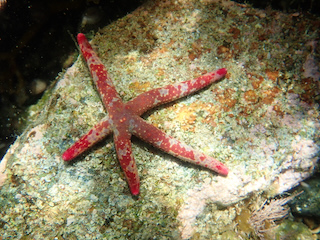
-
| 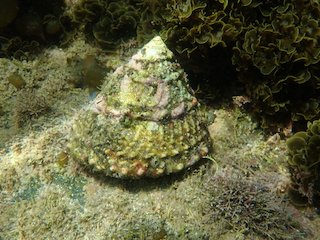
-
|

Serpula columbiana (red trumpet calcareous tubeworm)
| 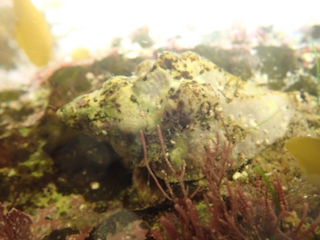
Ceratostoma nuttalli (Nuttall's hornmouth)
| 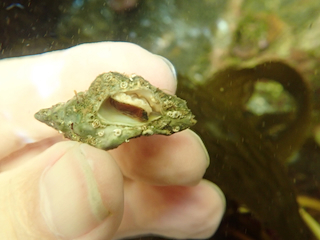
-
|
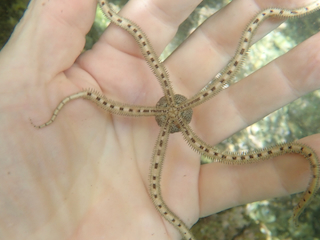
-
| 
Ophionereis annulata (banded brittle star)
| 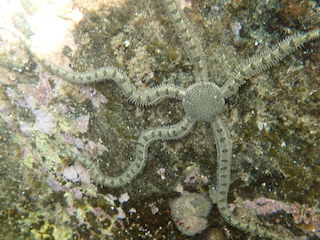
-
|
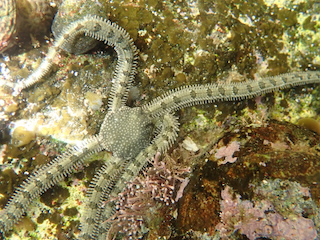
-
| 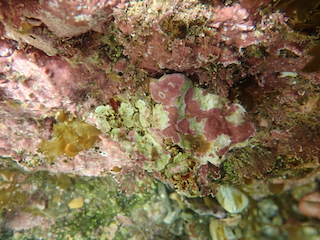
Pteropurpura trialata (three-winged murex)
| 
-
|
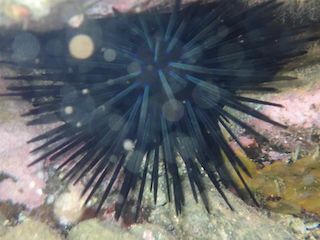
Black sea urchins (Centrostephanus coronatus) are more common than purple
or red urchins on Catalina Island than on the mainland, probably because an urchin predator, the sheephead, is also more common on Catalina.
Black urchins not only have longer spines but they typically differ in retreating to more inaccessible crevices during the day, resuming their grazing in the
open at nighttime.
| 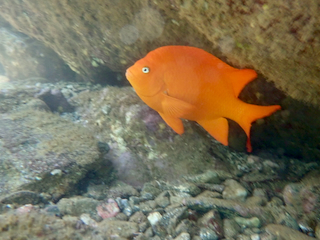
garabaldi (Hypsypops rubicundus)
| 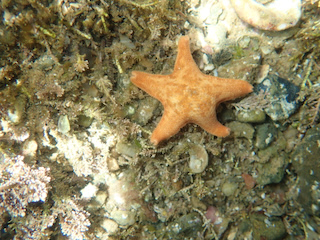
-
|

Patiria miniata (bat star)
| 
-
| 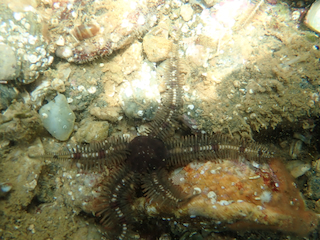
Ophiopteris papillosa (flat-spined brittle star)
|
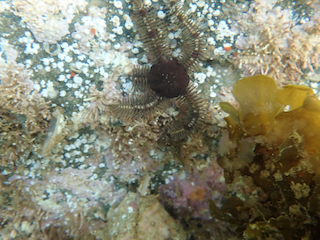
-
| 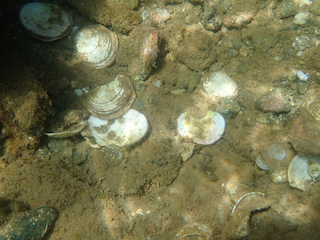
near an octopus den
| 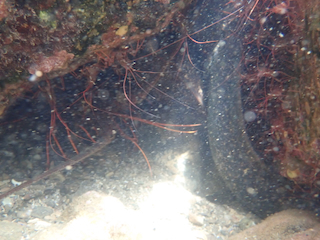
California spiny lobsters (Panulirus interruptus) and a California moray eel
(Gymnothorax mordax) were apparently sharing a space well under a rock.
|

-
| 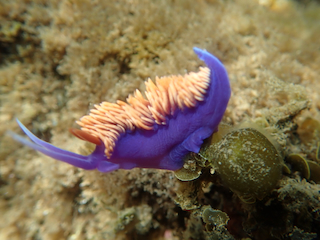
Flabellinopsis iodinea (Spanish shawl nudibranch)
| 
-
|
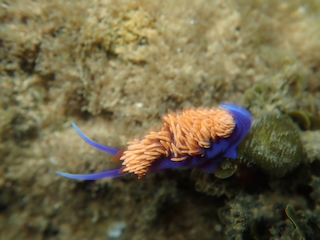
-
| 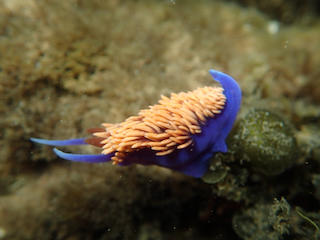
-
| 
warty sea cucumber (Apostichopus parvimensis)
|
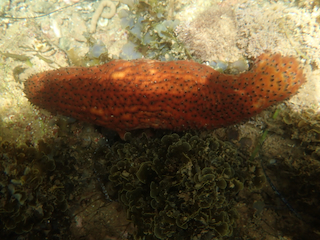
-
| 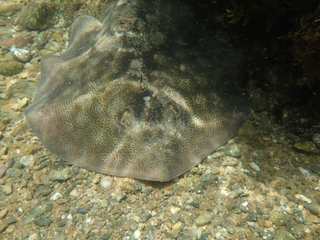
round stingray (Urobatis halleri)
| 
-
|
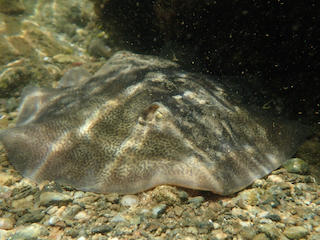
-
| 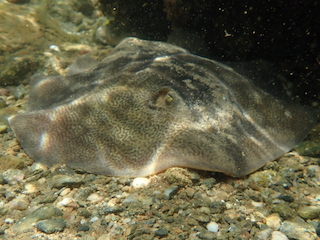
-
| 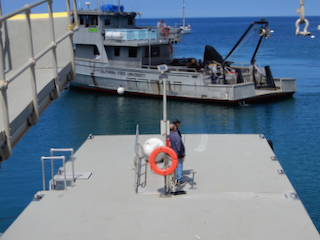
-
|
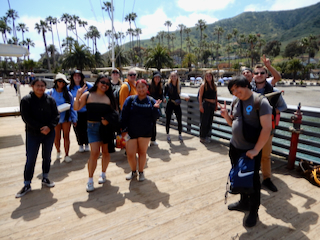
-
| 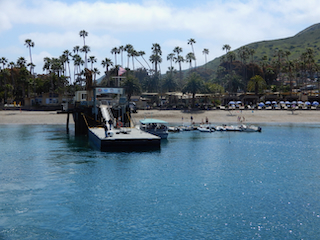
-
| 
-
|
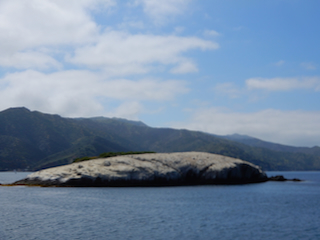
-
| 
-
| 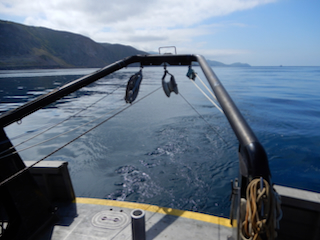
-
|
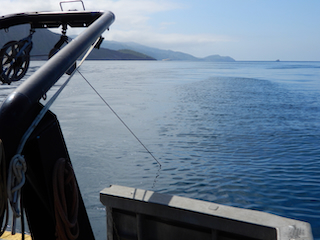
-
| 
-
| 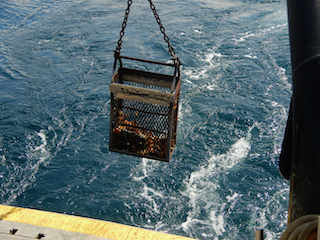
-
|
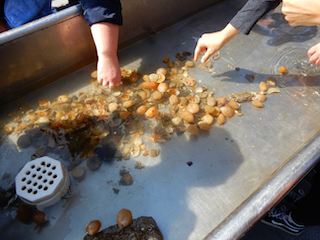
biological dredge between 175-100m in brachiopod beds off Catalina
| 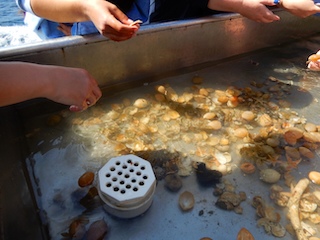
-
| 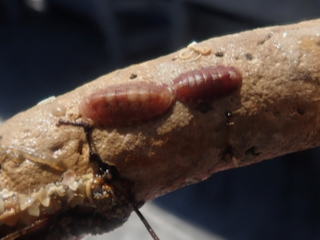
-
|
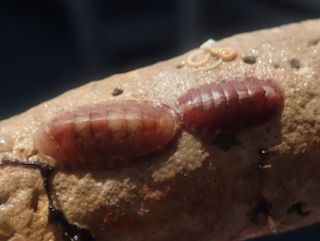
The most common chiton in the brachiopod beds, Lepidozona retiporosa.
| 
-
| 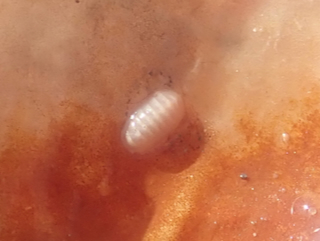
I have been studying this small Leptochiton sp. off southern California.
|
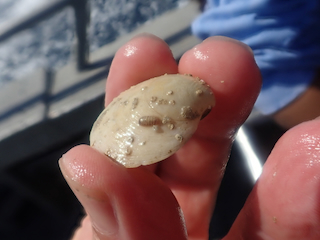
-
| 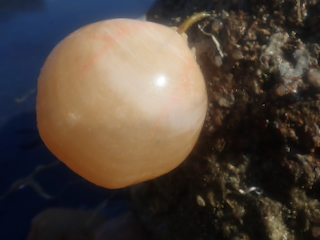
The most common brachiopod in these brachiopod beds off Catalina Island, Laqueus californianus.
| 
a glimpse of the lophophore feeding structure of the brachiopod, Laqueus californianus.
|
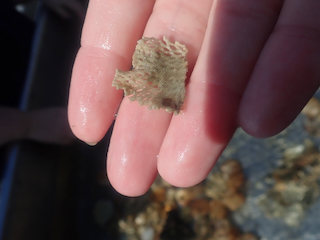
unidentified bryozoan spp.
| 
unidentified polychaete
| 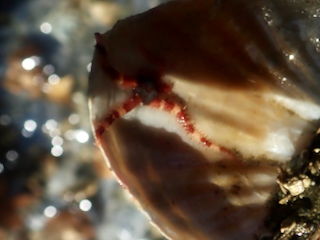
cf. Ophiothrix spiculata
|
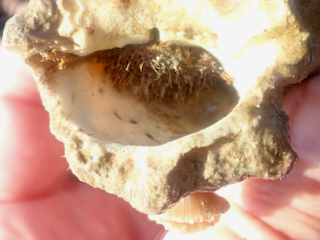
shy hermit crab in a frog snail shell with a cup coral attached
| 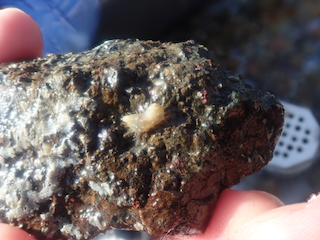
unidentified sea cucumber
| 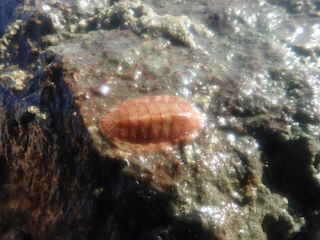
Lepidozona retiporosa
|
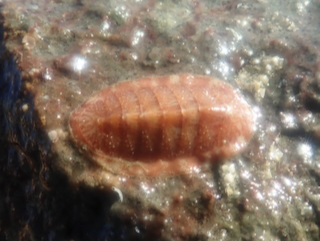
-
| 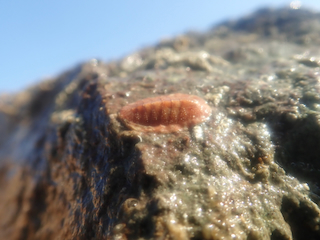
-
| 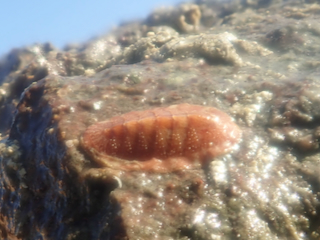
-
|
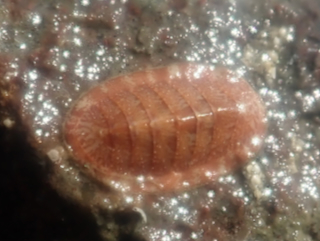
-
| 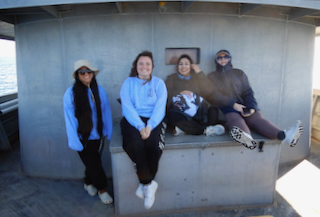
-
| 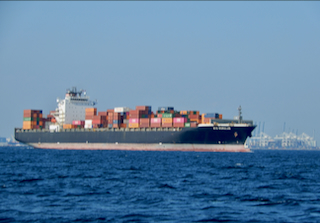
-
|
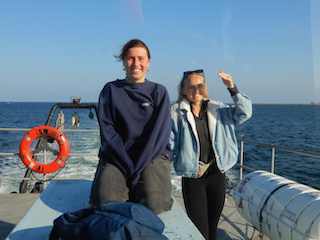
-
| 
-
| 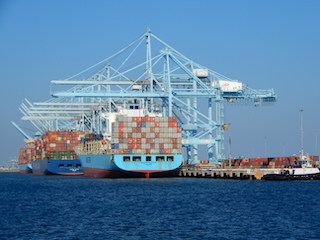
-
|
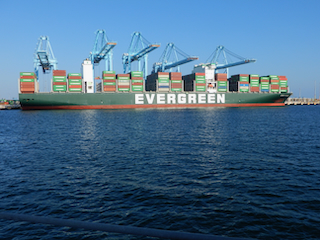
-
| 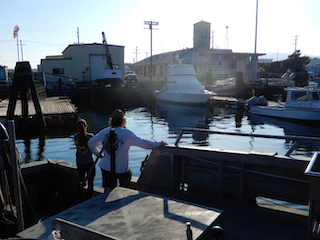
-
| 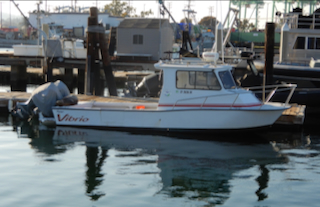
-
|
 Under Construction!
Under Construction! Under Construction!
Under Construction!